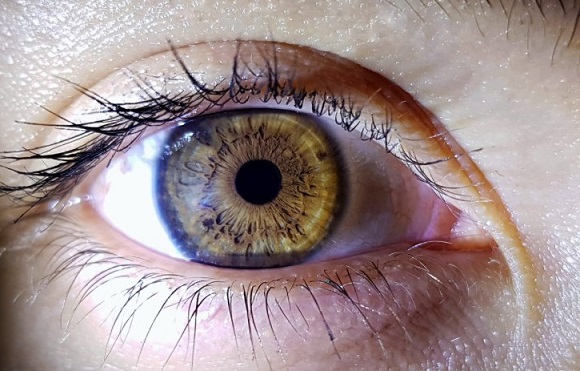Nikhil Prasad Fact checked by:Thailand Medical News Team Nov 17, 2025 2 hours, 46 minutes ago
Medical News: A Fresh Look at Glaucoma Metabolism
A new scientific review has highlighted how two natural compounds found in the human body—nicotinamide and pyruvate—may open the door to safer and more effective treatments for primary open angle glaucoma. This
Medical News report explains the findings in simple terms so everyday readers can understand why these substances matter. The research team involved scientists from the Department of Ophthalmology at the Icahn School of Medicine at Mount Sinai in New York, the Feinberg School of Medicine at Northwestern University in Chicago, and the IRCCS Fondazione G.B. Bietti for Ophthalmology Research in Rome.
 Researchers identify two natural compounds that may help protect eye cells and slow glaucoma progression
Why Glaucoma Needs New Approaches
Researchers identify two natural compounds that may help protect eye cells and slow glaucoma progression
Why Glaucoma Needs New Approaches
Glaucoma is one of the world’s leading causes of irreversible blindness. Most current treatments focus only on lowering eye pressure. However, many patients continue to lose vision even with well-controlled pressure levels. Scientists now believe that another hidden problem—poor mitochondrial function and metabolic stress in retinal ganglion cells—also contributes to the disease.
The review explains that both nicotinamide and pyruvate naturally decline as people age. When these levels drop too low, the cells in the retina become more vulnerable to oxidative stress and damage. Researchers found that this decline may be a key reason older adults are more likely to develop glaucoma or experience faster vision loss.
What the Study Found
According to the researchers, nicotinamide helps the eye cells maintain energy balance and repair internal damage, while pyruvate supports healthy cellular metabolism and protects important structures inside retinal ganglion cells. Studies in animals showed that providing extra nicotinamide or pyruvate helped preserve optic nerve health, reduce toxic stress in the eye, and even improve visual function.
Early clinical trials in humans also showed encouraging signs. Short-term supplementation improved electrical responses in the retina and slightly enhanced visual field results. In some cases, blood flow in the eye improved as well. Although the improvements were modest, they indicate that strengthening the metabolism of retinal cells could become an important addition to standard glaucoma care.
Future Implications and Next Steps
Researchers caution that many of the current results come from small pilot trials. Larger and longer human studies are urgently needed to determine ideal dosing, safety, and how long the benefits last. Still, the growing body of evidence suggests that nicotinamide and pyruvate may one day be used alongside pressure-lowering treatments to give patients stronger protection against vision loss.
Conclusion
While more research is required, the findings point toward a future where supporting the eye’s internal energy system becomes a mainstream glauco
ma treatment strategy. If confirmed in larger trials, nicotinamide and pyruvate could help protect millions of people worldwide from progressive vision loss by strengthening retinal cells rather than focusing solely on eye pressure. This emerging approach may dramatically reshape how glaucoma is managed in the years ahead.
The study findings were published in the peer reviewed Journal of Clinical Medicine.
https://www.mdpi.com/2077-0383/14/22/7954
For the latest on Glaucoma, keep on logging to Thailand
Medical News.
Read Also:
https://www.thailandmedical.news/articles/glaucoma-news
